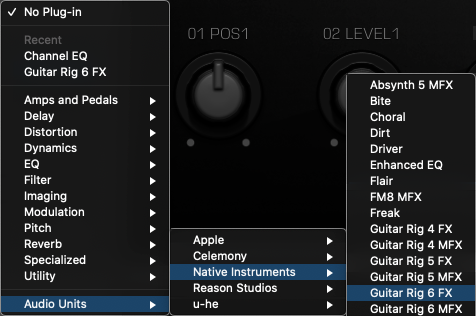


In Kontakt, navigate through the folders (in the Files tab on the left) to choose Factory Content.You’ll see the Piano image change to an Audio Unit icon (an orange sphere radiating to the right and left). Under Sound Generator, using the top menu (“Piano”), scroll down under Audio Unit Modules to select Kontakt 4.Hit the Edit Tab in the Track Info panel.Double-click the new track (the default is a Piano track, which will work for our purposes) or click on the track to highlight it and click the View Track Info button in the lower-right corner of the GarageBand interface.Start a new GarageBand project and create a new software instrument track (Select New Track from the Track menu or hit Option-Command-N).However, you can use the Kontakt 4 Player indefinitely with other sample-based instruments that use the Kontakt format. Note that you can use the Kontakt 4 Player to play and record Factory Selection instruments (or your own recorded samples) for 15 minutes. Samplers are sophisticated sample editors that are often pricey, while sample players are pared down versions of samplers that are often free.įirst, quit GarageBand and download and install both the Kontakt 4 Player and the Kontakt Factory Selection instrument collection, both of which are available on Kontakt’s Website for free. To play a sample-based instrument, you need two components: The software instrument itself and a sampler or sample player. To enhance realism, creators of sample-based instruments painstakingly record each note of a real instrument at many different volumes, played in many different styles, and often with a variety of microphones. Software samplers are applications that store many small recordings of an instrument (or sound effect), and play them back in response to keyboard input. I’ll introduce you to both varieties and walk you through the process of setting up and playing a collection of free sample-based instruments-Native Instruments’ Kontakt Factory Selection, and the free version of LinPlug’s synth-based instrument, Alpha 3. To work in GarageBand, they simply need to support the Mac’s Audio Unit (AU) plug-in format. This universe can be divided into roughly two galaxies: Sample-based instruments and synth-based instruments. In addition, Apple sells $99 Jam Packs, which offer even more instruments that seamlessly integrate with your existing ones.īut beyond GarageBand’s instruments, the universe of software instruments is vast, with prices that range from $500 or more for a single instrument to completely free for entire collections. That is a truly astounding number of sounds. GarageBand ‘09 comes with more than 100 software instruments, and each of those has dozens of presets that can sound like distinct instruments in their own right.


 0 kommentar(er)
0 kommentar(er)
